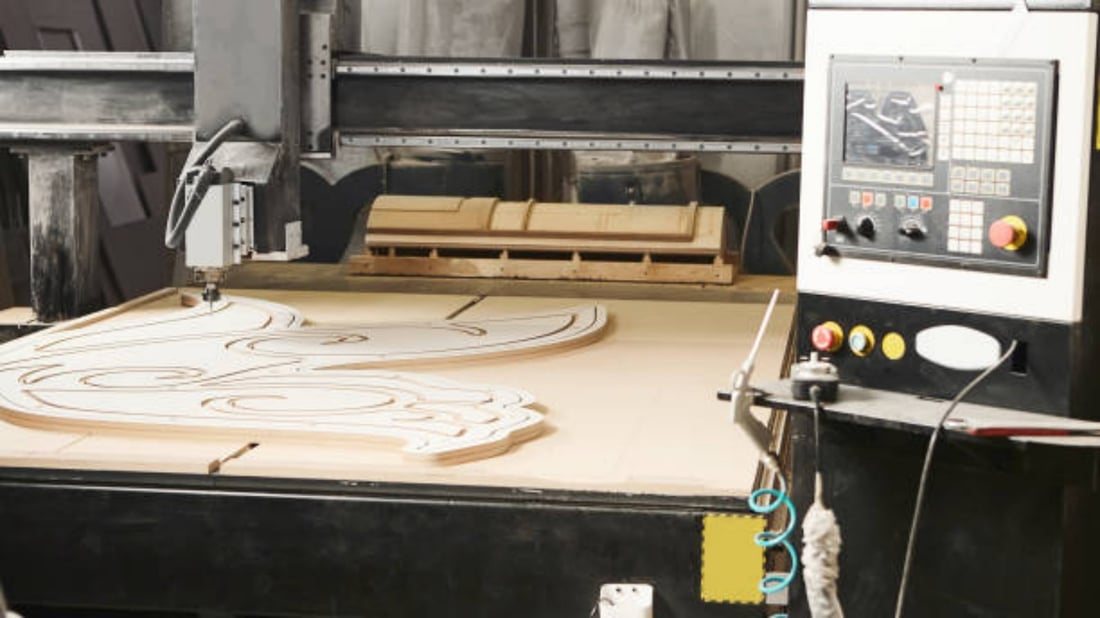Introduction
Welcome to the ultimate guide to CNC machines! In this article, we will explore the world of CNC machines and provide you with a comprehensive understanding of their uses, benefits, and future prospects. Whether you are new to the concept or a seasoned professional, this guide will equip you with the knowledge to harness the power of CNC machines effectively.
What is a CNC Machine?
A CNC (Computer Numerical Control) machine is a highly advanced manufacturing tool that uses computer programming to control its movements and operations. It replaces traditional manual control in machining operations, offering increased precision, efficiency, and flexibility. CNC machines are widely used in industries like automotive, aerospace, electronics, and healthcare, among others.
The History of CNC Machines
CNC machines have come a long way since their inception. The roots of CNC technology can be traced back to the early 1950s when the MIT Servomechanisms Laboratory developed the first numerically controlled machine tool. Over the years, advancements in computer technology and automation have revolutionized CNC machines, making them an integral part of modern manufacturing processes.
The Different Types of CNC Machines
CNC machines come in various types, each designed for specific applications. Some common types of CNC machines include:
- 1. CNC Mills: Used for cutting and shaping solid materials, such as metal and plastic, into complex shapes.
- 2. CNC Lathes: Used for rotating a workpiece while cutting, drilling, or shaping it symmetrically.
- 3. CNC Routers: Used for cutting and shaping materials like wood, plastic, and composites.
- 4. CNC Plasma Cutters: Used for cutting through electrically conductive materials, such as steel, using a high-velocity jet of ionized gas.
- 5. CNC Laser Cutters: Utilize laser technology to cut and engrave a wide range of materials with high precision.
The Advantages of Using CNC Machines
CNC machines offer numerous advantages over traditional machining methods. Let's take a closer look at some of these benefits:
Precision and Accuracy
CNC machines are known for their exceptional precision and accuracy. They can perform complex operations with high repeatability, ensuring consistent quality in the final product.
Increased Efficiency
By automating the manufacturing process, CNC machines reduce the time required to complete a task. They can work continuously and often outperform manual machining methods in terms of speed and productivity.
Flexibility and Versatility
CNC machines are incredibly versatile and can be easily reprogrammed to produce different parts or perform various operations. This flexibility allows manufacturers to adapt quickly to changing market demands.
Reduced Labor Costs
Since CNC machines are automated, they require minimal human intervention, resulting in reduced labor costs. This makes them especially cost-effective for large-scale production.
The Future of CNC Machines
The future of CNC machines looks promising, with ongoing advancements in technology and automation. Here are some areas where we can expect further development:
Integration of Artificial Intelligence
Artificial intelligence (AI) is increasingly being incorporated into CNC machines to enhance their capabilities. AI algorithms can optimize machining parameters, predict tool wear, and detect anomalies, leading to improved efficiency and productivity.
Advanced Materials and Processes
CNC machines will continue to evolve to accommodate new materials and processes. From additive manufacturing (3D printing) to machining of exotic alloys, CNC machines will play a crucial role in shaping the future of manufacturing.
Internet of Things (IoT) Integration
The integration of CNC machines with IoT technology will enable seamless connectivity, real-time monitoring, and remote control. This connectivity will streamline production processes, reduce downtime, and enhance overall efficiency.

